Marine emergency duties - Search and rescue patterns
“SAR” Search And Rescue Patterns
Lets first understand why do we need such search patterns and how they form an integral part of marine emergency duties.
When ever a ship or an aircraft calls for a “MAYDAY” or “Abandon ship”, then this “Distress” signal is communicated to nearest ships and aircrat which is flying above. Lets take an example os a sinking ship. The ship calls for a “Mayday” and this Distress signal reaches other ships and aircrafts which are near-by and through satellite, the signal reaches all ground stations thus “inviting Search & rescue”. So when this signal is acknowledged by other ship, which is near-by, then it becomes the duty of that particular ship to reach the spot of Distress. When a ship arrives at the spot of Distress, it has to carry on locating for the people/crew of the ship which called for the Distress. For Searching & Rescuing, there are various “Norms” that has to complied upon. One such Norm or method are the different types of search Patterns…!
Different Types Of Search Patterns…!
There are 6 widely used Search patterns:
1. Parallel Track.
2. Creeping Line.
3. Expanding Square.
4. Sector.
5. Barrier.
6. Track line.
Also there are Search Pattern Designations:
The first letter indicates the pattern type:
P–Parallel track, C–Creeping Line, S–Expanding Square, V–Sector, B–Barrier, T–trackline.
The Second letter indicates the number of search units:
S–Single–unit
M–Multi–unit
The Third letter indicates the Amplifying/Supplementary information:
N–Non-return
R–Radar or Return search
S–Spiral
A–Aural
L–LORAN
C–Coordinated or Circle.
d–Drift compensated
Which Search Pattern Will I Use..?
There are many items which are to be taken into consideration when selecting a particular type of Search Pattern. They are
1. Accuracy of Datum.
2. Size & Detectability of Search Object.
3. Size & shape of search area
4. Time, number & type of Search And Rescue Units(SRU).
5. Weather & detection probability.
Track Line Pattern Search:
The Track line Search pattern, is usually the first method adopted to search the search object. This method is first adopted because, it is assumed the search object is in the vicinity along the “Track”, which makes the search and rescue team to identify the search object easily or the survivor will sugnal on seeing the SRU’s. In order to understand the Trackline search pattern, it is necessary to know about “Track Spacing”. A “Track Spacing” is the distance between the two adjacent parallel search legs.
The Search & Rescue Unit (SRU), searches out with 1/2 track space in the direction of the search object fro the origin to the destination and ends on the opposite side of the origin. Weather patterns may affect the search process, and the more difficult the search object is to be spotted, more smaller the track spacing must be…!
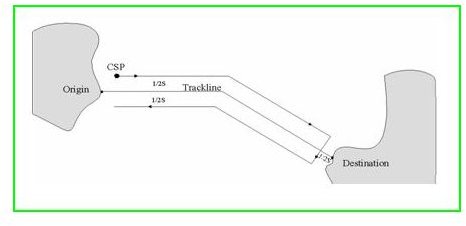
This method is also adopted when the known available data is the search objects “projected track line..!”. This methos has the advantage of rapid coverage of the search objects track path. The SRU takes a path of 2 search legs usually, thus one search leg for each of the intended route. This makes the SRU to arrive back at the vicinity of the departure point.
Pictorial Representation Of Various Track line Search Patterns..!
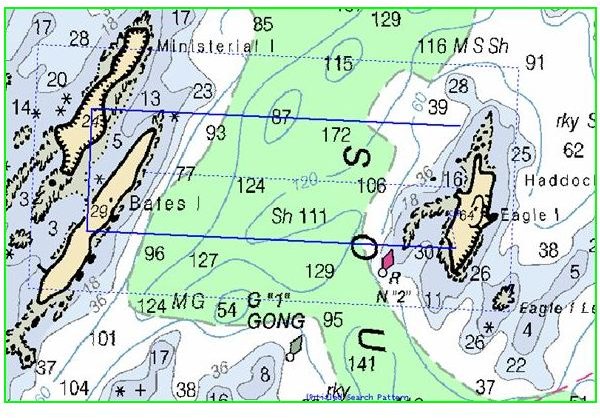
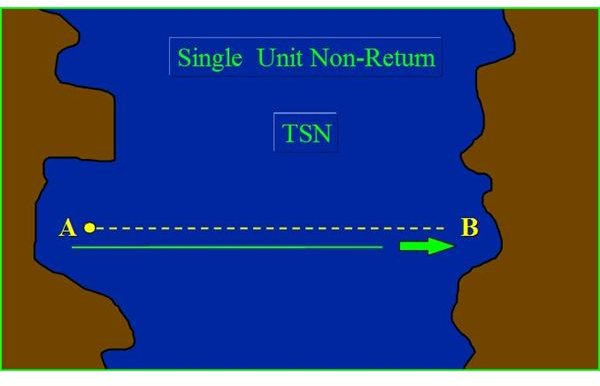
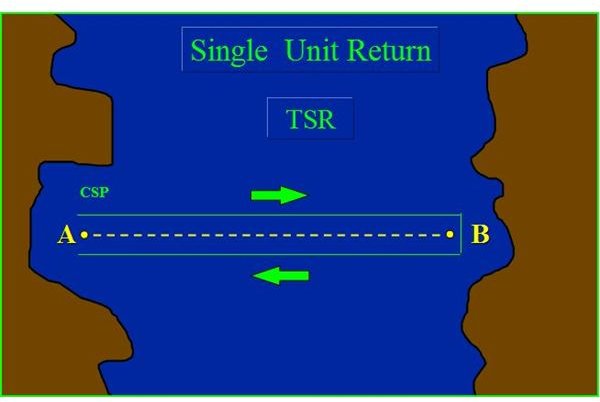
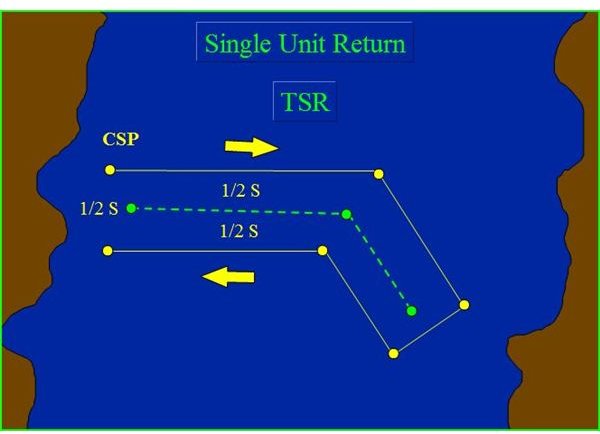
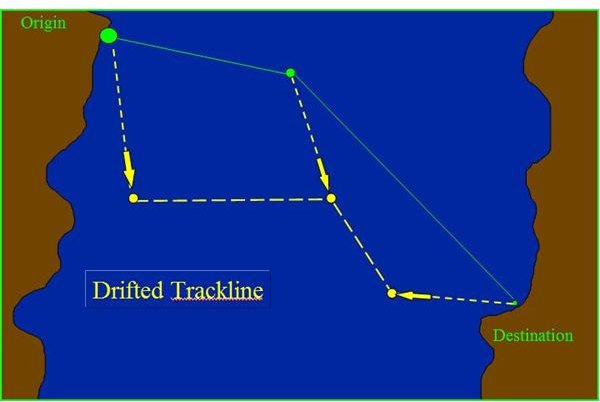
We have already seen the designations for various search patters:
Now lets discuss the various types of track line search patterns
1. TSN: In this T-trackline, S-single-unit, N-non-return. As seen from the above figure, the SRU takes a track line path as a single unit and does not end up at the departure point.The origination and destination points differ from each other with respect to search only.
2. TSR: In this T-trackline, S-single-unit, R-return or radar search. With reference to above figure, the SRU, as a single-unit, has a return path which ends up at the vicinity of the starting point.
3. Drifted Trackline: Represented by “d”—Drift compensated. If during Search & Rescue, say the weather is bad, which causes a “drift” for the unit, then it is obvious that the survivor to drift along with the current. Thus it is essential to know the direction of current and the drifted track of the survivor. Thus the track line search pattern is compensated with the drift pattern along the direction of drift.
Thus we have seen in detail regarding the “Track line search pattern”. In next article, we will discuss on other types of search patterns.
